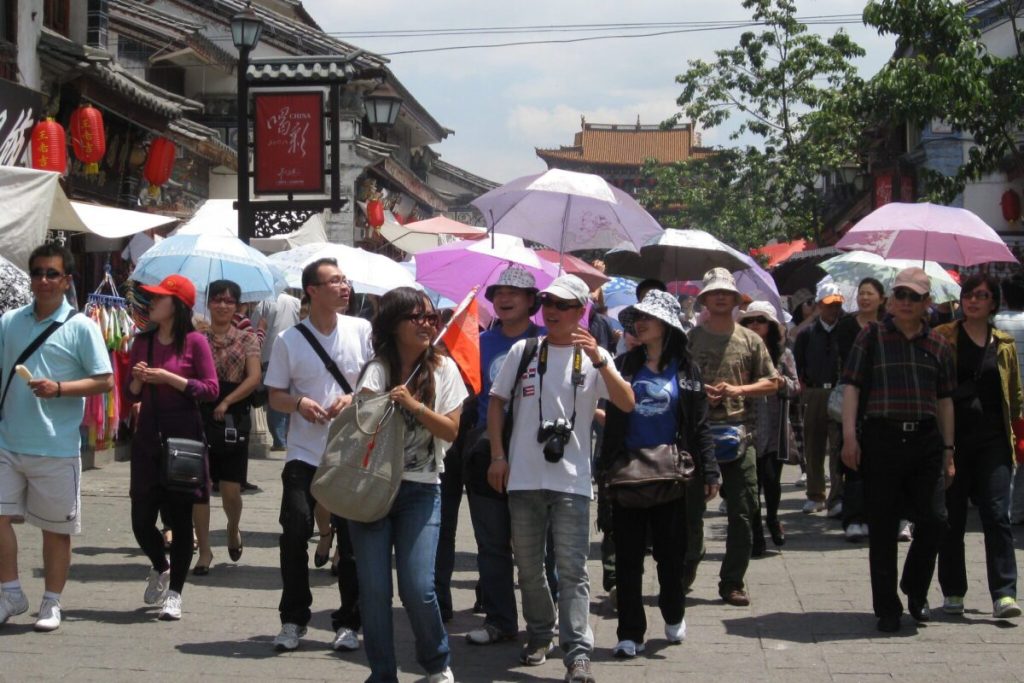As China’s Golden Week approaches, experts predict a significant rebound in Chinese outbound travel, with a focus on personalized, immersive experiences. Dragon Trail Research anticipates that this October Golden Week will come close to pre-pandemic levels, marking a major milestone in the recovery of outbound travel. Industry experts are excited about the resurgence of Chinese travelers exploring international destinations after years of limited mobility.
The upcoming Golden Week in China, starting on October 1, is expected to see a strong appetite for international vacations among Chinese travelers. Air tickets issued for outbound travel have reached 85% of 2019 levels, with a 32% increase from last year, according to ForwardKeys. Unlike previous years, travel patterns for Golden Week this year are more evenly spread across the week, showing greater confidence and eagerness among travelers to explore new destinations at a more relaxed pace.
Chinese outbound tourism has not fully rebounded to pre-pandemic levels, but there is a clear upward trajectory. By August 2024, 16% of respondents to the Dragon Trail survey had already traveled abroad, a significant jump from just 4% at the same time last year. Safety concerns have also stabilized, with Chinese tourists feeling more secure visiting destinations across 10 out of 11 global regions. Europe and Southeast Asia remain top choices, with the Middle East gaining significant interest.
Chinese travelers are no longer satisfied with standard sightseeing trips and are seeking more unique and immersive experiences. Recent trends show that 70% of respondents have participated in cultural or sporting events during their trips, ranging from museum visits in Europe to fireworks festivals in Asia. Niche travel segments like cruises and self-drive tours are gaining popularity, indicating a more personalized approach to travel. Chinese tourists now prioritize unique activities and experiences over simply selecting a destination.
While Chinese tourists are budget-conscious, they are willing to splurge on key experiences. Most plan to spend between RMB 10,000 ($1424) and 30,000 ($4274) per trip, with a significant portion allocated for food and drink experiences. Entertainment and cultural activities are also popular among travelers, with many willing to spend more on local events. Promotions and discounts remain attractive, especially for those booking cruises or accommodations. This blend of budget-consciousness and a willingness to splurge defines the spending patterns of today’s Chinese traveler.
Post-pandemic, a key trend that has emerged is the short planning window for Chinese travelers. Around 64.7% of respondents plan their trips within two months of departure, with most trips lasting between four and seven days. This reflects a mix of spontaneity and careful financial planning, as travelers balance flexibility with cost management. Chinese online travel companies like Ctrip and Qunar, along with social media platforms like Xiaohongshu and WeChat, continue to dominate the booking space, providing travelers with the convenience and reliability they seek when making travel decisions.


